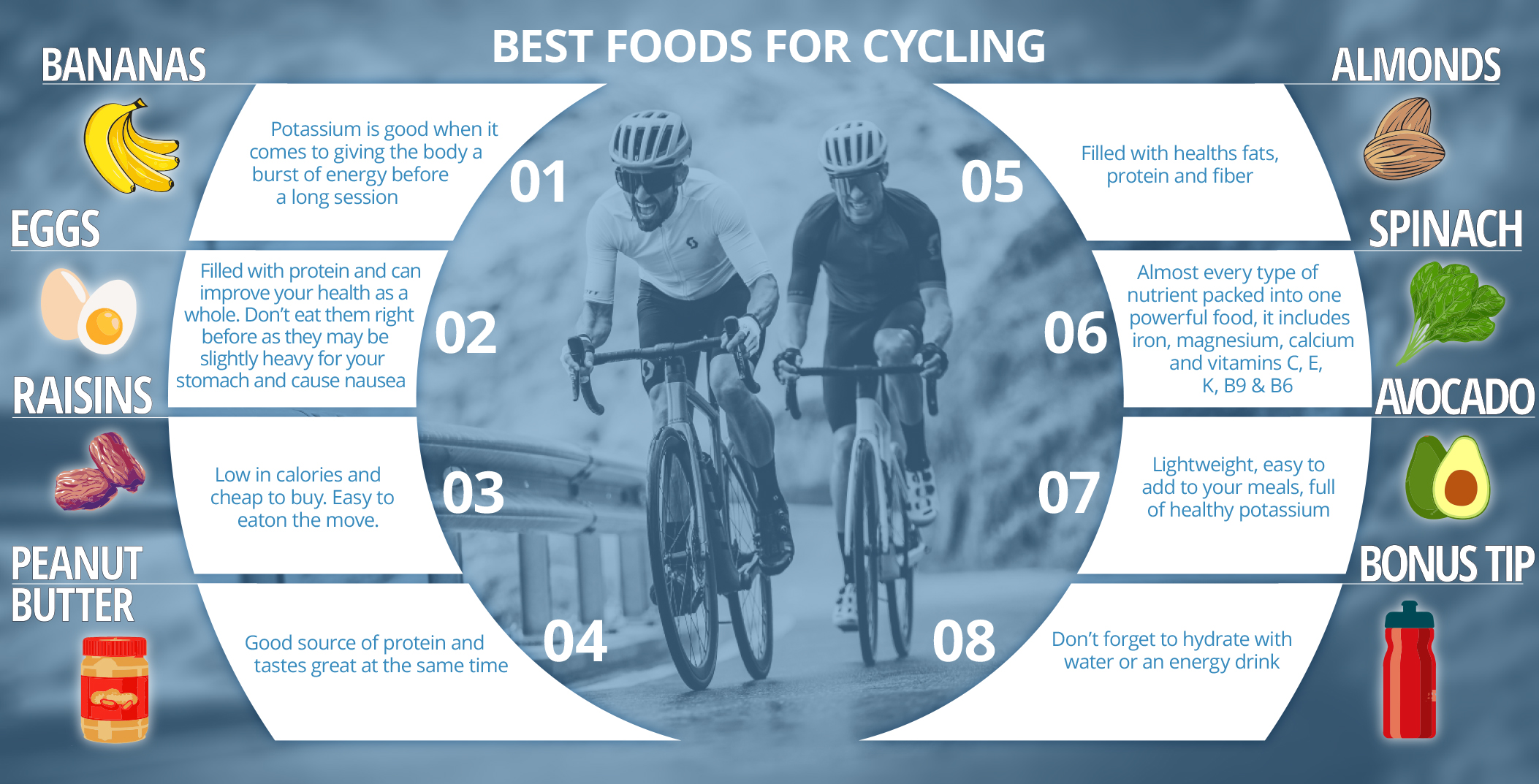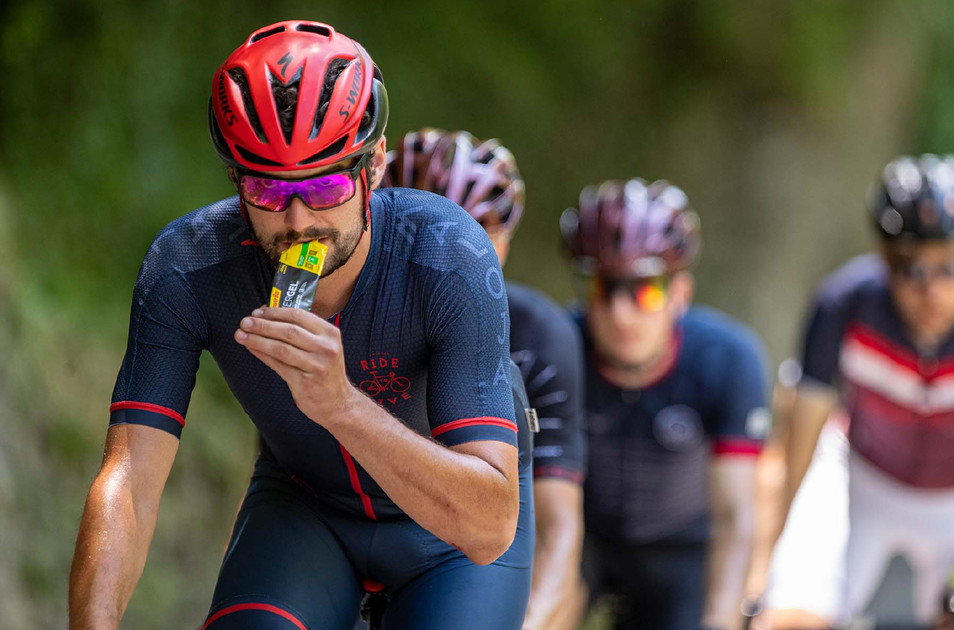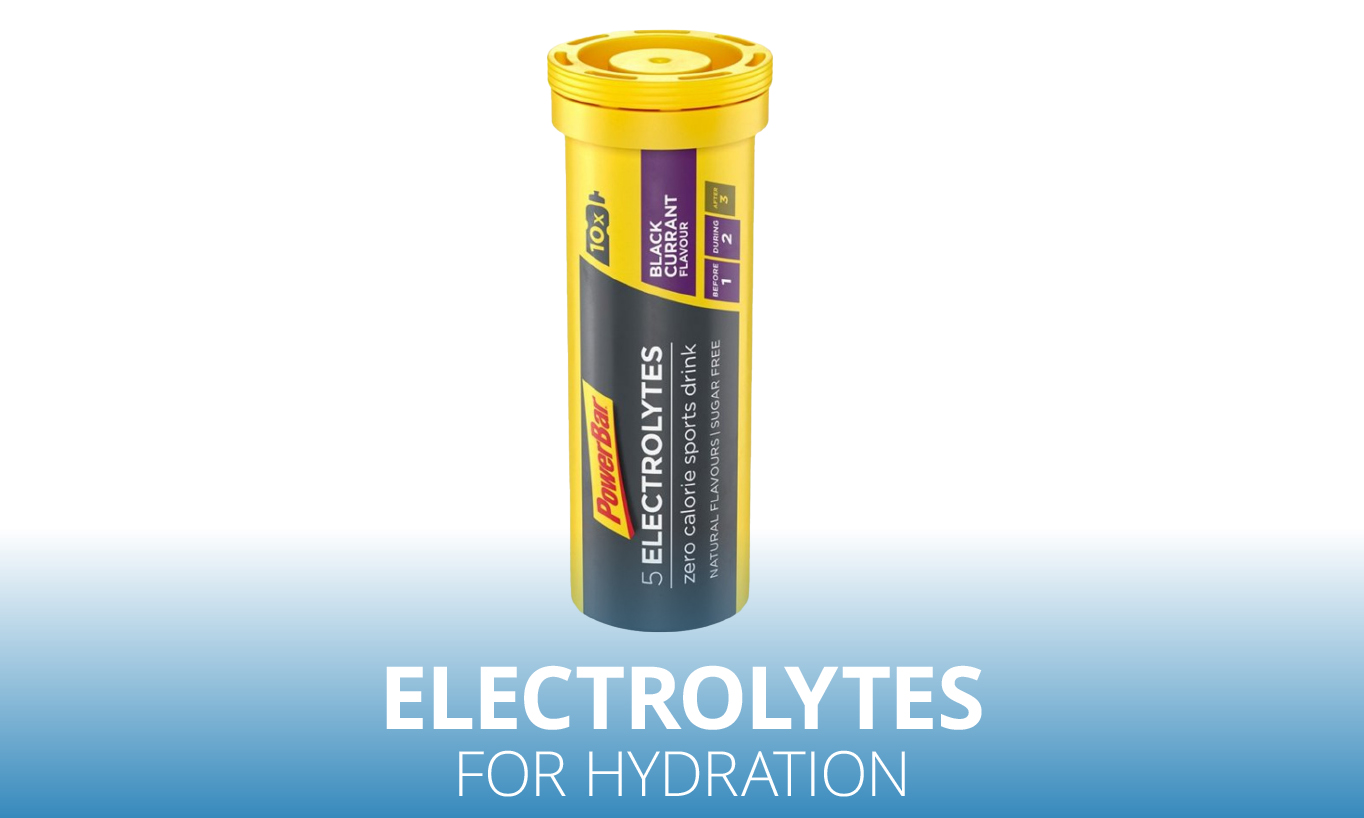
When should you take gels when cycling?
Long-distance bikers frequently eat cycling gels as a source of nutrition. They are small packets of a concentrated energy source intended to give cyclists rapid, simple-to-digest energy during a ride.
Carbohydrates, electrolytes, and occasionally caffeine or other supplements are commonly found in cycling gels. Usually in the form of glucose, fructose, or maltodextrin, carbohydrates are the body's main energy source. Electrolytes like sodium and potassium aid in the maintenance of the body's normal fluid balance and help to prevent cramps.
Water or other fluids should be consumed together with cycling gels to aid in the body's absorption of nutrients and prevent dehydration. As some gels might be rather sweet or have a strong flavour, it's a good idea to try various kinds and flavours to find the ones that work best for you.
Cycling gels can be a practical and efficient method to stay hydrated and full of energy throughout long rides. They should be used sparingly, along with balanced meals and adequate water before and after the ride.
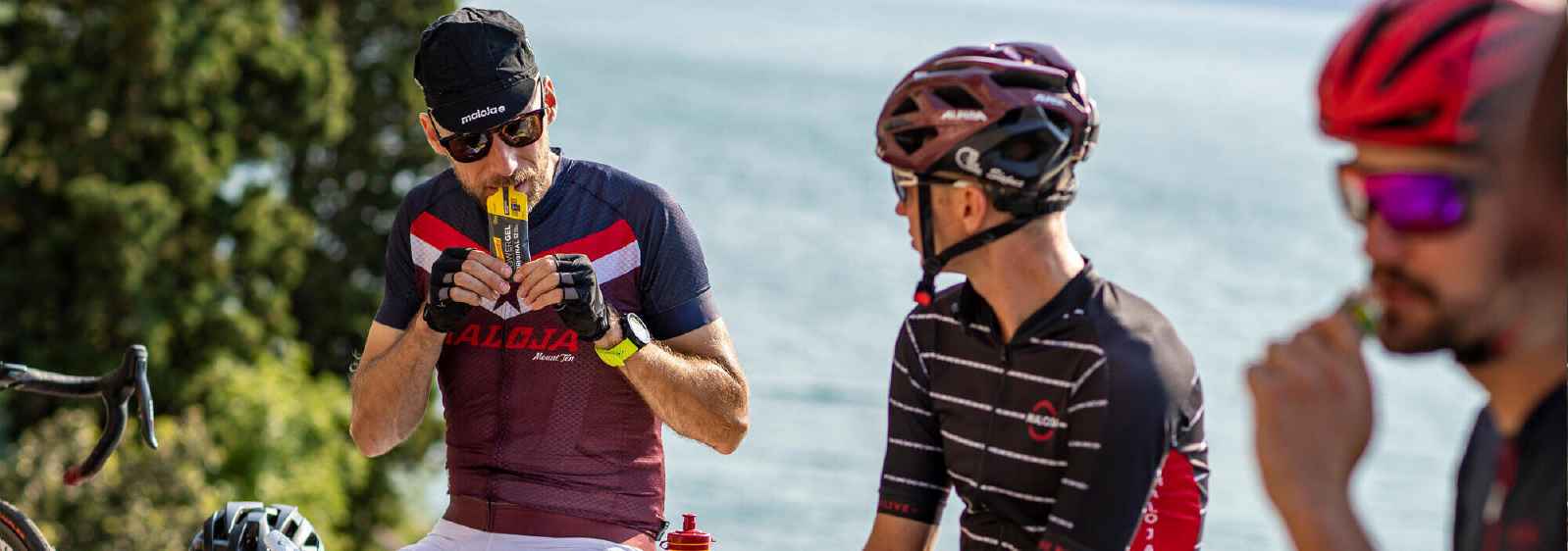
When to use a gel during cycles?
When cyclists need a quick energy source during a long ride or a tough training session, they should consume a gel. Gels are typically advised for rides longer than 90 minutes because this is the point at which the body's glycogen stores start to run low and extra fuel is required to sustain performance.
When it may not be practicable to stop and have a complete meal, lengthy endurance rides or races are when gels can be most helpful. During high-intensity exercises where the body expends a lot of energy quickly, such as hill repeats or interval training, gels can also be useful.
It's crucial to remember that gels shouldn't be the only thing you eat while riding because they're only meant to give you rapid energy and don't have all the nutrients your body needs for sustained performance.
To help the body assimilate the gel's nutrients and to avoid dehydration, cyclists should also drink water or other liquids.
Cycling enthusiasts should strategically use gels based on their personal energy requirements and the demands of the ride or workout. To determine what works best for your physique and riding style, try various gels and timing.
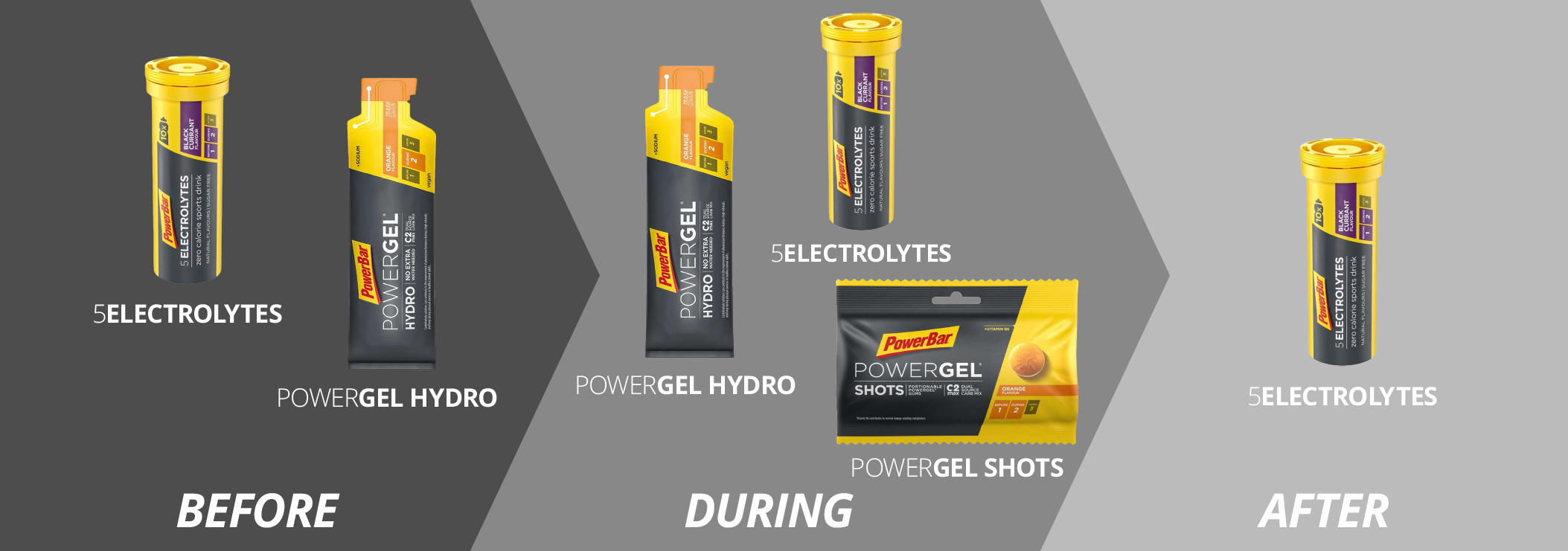
When should I start training with gels?
Generally speaking, it's a good idea to start training with gels well in advance of any significant rides or races if you're new to cycling or have never used them before. This will allow you time to try several brands and flavours and determine the ideal timing and frequency for consuming them while riding.
However, always remember that gels shouldn't be your only source of nutrients when exercising. For overall health and performance, a well-balanced and varied diet is crucial. During long rides, cyclists should also concentrate on remaining hydrated and taking additional energy sources, such as energy snacks, sports drinks, or regular food such as bananas and peanut butter sandwiches.
Start by utilising gels during shorter rides to get accustomed to their flavour and how they influence your body before introducing them into your training. You can progressively increase the length and intensity of your rides as you get more accustomed to using gels. You can also experiment with timing and frequency of gel consumption.
For more specific guidance on how to incorporate gels into your training and nutrition regimen, it's a good idea to speak with a coach or sports nutritionist.
Do I need energy gels for cycling?
Several variables, such as the length and difficulty of your rides, your energy requirements, and your preferred food consumption methods will determine whether you need energy gels for cycling or not.
You might not require energy gels if you're undertaking shorter rides of less than 90 minutes and are well-fuelled before the ride. However, energy gels might be a helpful source of quick and easily digestible energy if you're doing longer rides or races, particularly ones lasting over 2-3 hours.
Gels can also be very beneficial during high-intensity rides, like hill repeats or interval training, when the body is quickly burning a lot of energy. They are the perfect choice for intense efforts because they can give an instant energy boost and don't take a long time to digest.
Energy gels shouldn't be your only source of fuel throughout a ride. It's crucial to keep this in mind. For overall health and performance, a well-balanced and varied diet is vital. During long rides, cyclists should also concentrate on remaining hydrated and taking additional sources of energy, such as energy snacks, sports drinks, or actual food. You can always rely on the old-time favourite bananas or flapjack.
The choice to utilise energy gels while riding is ultimately a personal one that should be based on your unique requirements and preferences. To determine which foods are ideal for your body and riding style, it's a good idea to try out various brands and flavours. You can also speak with a coach or sports nutritionist for more specific guidance.
